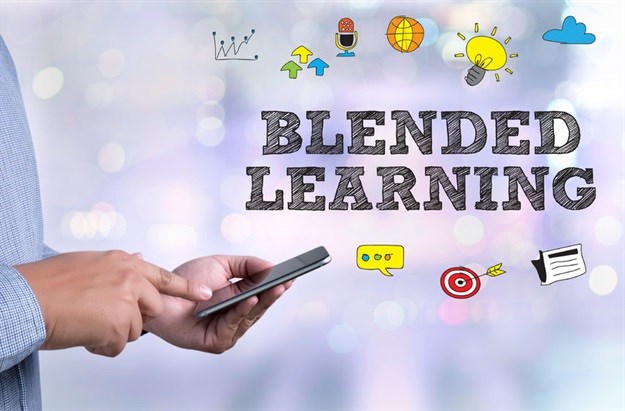
Top stories


EducationFrom adversity to opportunity: African education’s revival strategies
Sanjeev Mansotra 22 hours


Marketing & MediaThe Odd Number named Financial Mail AdFocus Mid-Sized Agency of the Year
The Odd Number 1 day


More news













Even now, few people understand what blended learning entails, save for the fact that somehow technology and the internet are involved. Although many universities turned to “blended learning” as a way to ensure students are able to complete their academic years, and this strategy indeed went some way toward fulfilling its aim, it is now important that the public understands what blended learning is and isn’t. Particularly as it is expected that higher education institutions will increasingly incorporate this method of delivery into their programmes.
As one public higher education institution noted at the time of the nationwide protests, teaching and learning would be “taking place by means of a variety of different approaches, including blended learning, which relies heavily on digital and online materials. Each faculty and discipline is developing its own approach to teaching and is communicating with its students accordingly”.
While one understands the approach taken, simply taking the materials and instruction that would have been delivered via contact method and then delivering them via electronic methods does not equate to blended learning.
Introducing blended learning components to the curriculum takes time and planning and needs to be part of the course design. It is something that needs to be done right – not added as an afterthought.
Successful blended learning programmes require careful strategy and crafting over long periods of time, with the input of teams of experts from various fields. Simply posting content on an online platform is not blended learning – it is really just another form of making learning content available.
The advantages of blended learning opportunities - if properly done - are many. But the pitfalls, if blended learning is not introduced as part of a strategic, pro-active programme, are legion.
On the plus side, blended learning allows students greater autonomy over their time and preparation. They can work through concepts and content more than once; they can engage with others who are working through the same content, and they can get individualised input from the lecturers or tutors supporting them online. In addition, these students also get to master a new set of skills related to working online that are invaluable in the modern knowledge economy.
On the other hand, the downsides are pretty much the same as they would be for any other form of self-directed learning, which has not met with huge success in South Africa, and particularly where students do not receive the crucially necessary support from their higher education institutions.
Simply put, if students do not have the self-discipline to self-pace their learning, they will be left behind very quickly.
That is why bona fide blended learning programmes, which were structured pro-actively and not reactively in an effort to decentralise delivery, have in place effective student support teams monitoring student engagement to keep students on track.
Additionally, a successful blended learning programme needs to be cognisant of logistical challenges, and should be structured to take these into account. Many poorly designed systems are data heavy, becoming expensive and frustrating to access, particularly when they include too much video content, and where bandwidth and connectivity are concerns.
It is an exciting and rewarding approach for digitally interested - if not yet skilled - students who want to pace their own learning to get the best of contact learning (which is the relationship with lecturers and students), while also being able to access all the benefits the online platform provides.
But with blended learning, the design of the learning is everything. Therein lies its success or its downfall.
The Independent Institute of Education, particularly at its Rosebank College digital campuses, has been introducing and developing blended learning programmes for the past four years.
In the first session of a learning unit, the student and lecturer engage in framing the learning and the key concepts. Students then work on their own and with other students and with an online tutor on the online platform. The lecturer engages and monitors and a final contact session is used to book-end the learning unit. In this session, the lecturer uses the evidence of learning (or confusion) from student online activity to structure the contact session, which then is able to focus on what students need to know rather than trying to cover everything.
This is true blended learning, and higher education providers, whether public or private, would do well to investigate and invest in this method in years to come.
But it would be of some concern if institutions increasingly started adding “blended learning” programmes haphazardly, either as a knee-jerk reaction to external pressures, or as an attempt to jump on the bandwagon of this “new” idea, in an effort to entice prospective students attracted to the idea of being master of their own time and ‘studying online’.
